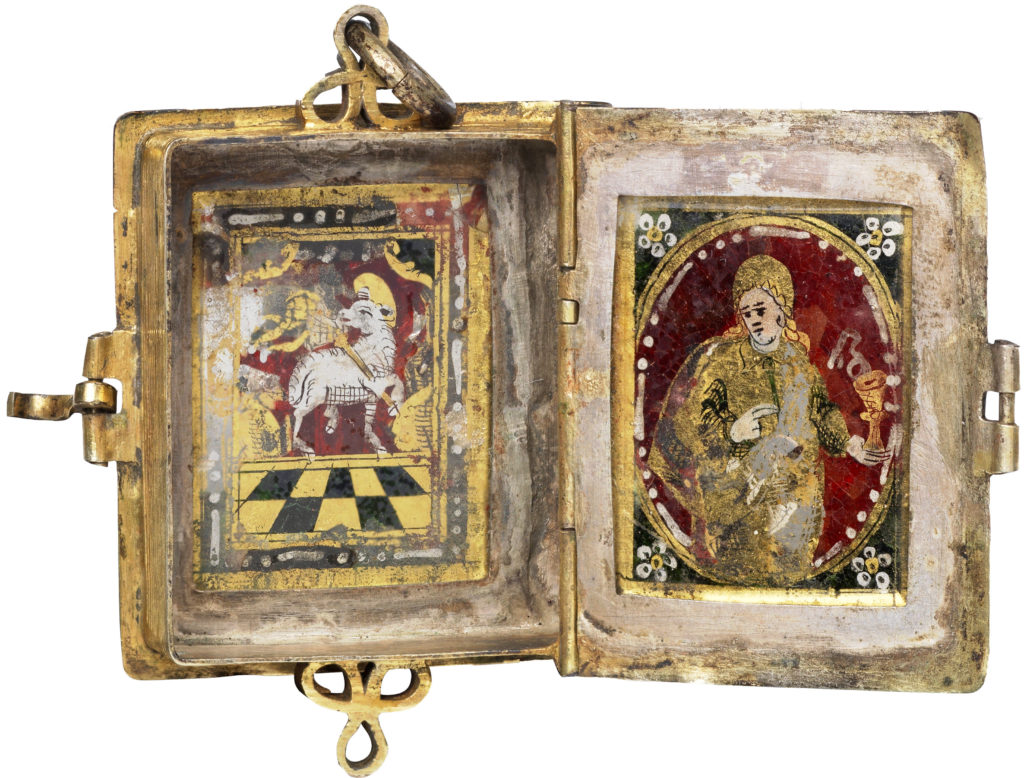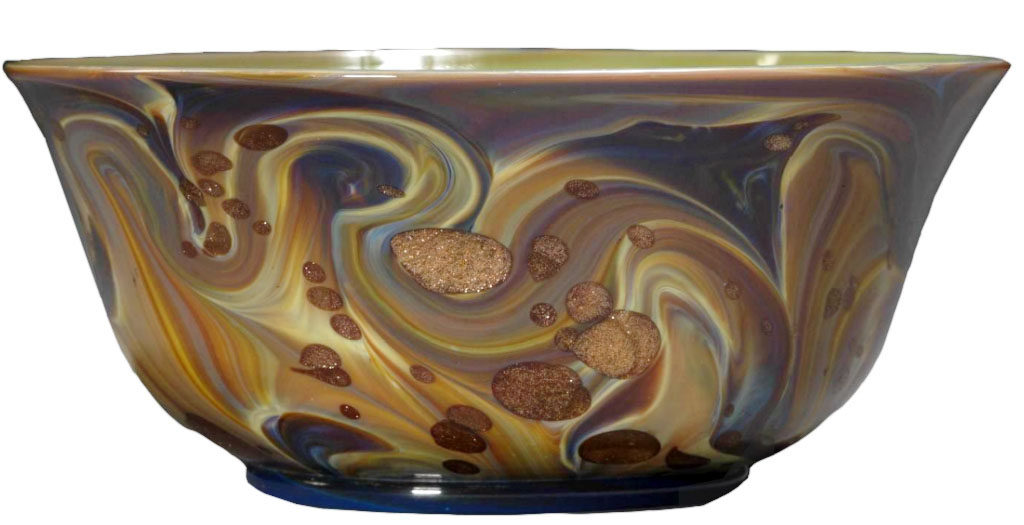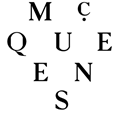Students working outside the History of Art explore the ornate and unusual, each focusing on one object at The Courtauld that sparks their curiosity. Check out their discoveries below.
A Criptic Vessel
Mikayla Hu, Science Communication Postgraduate at Imperial College London
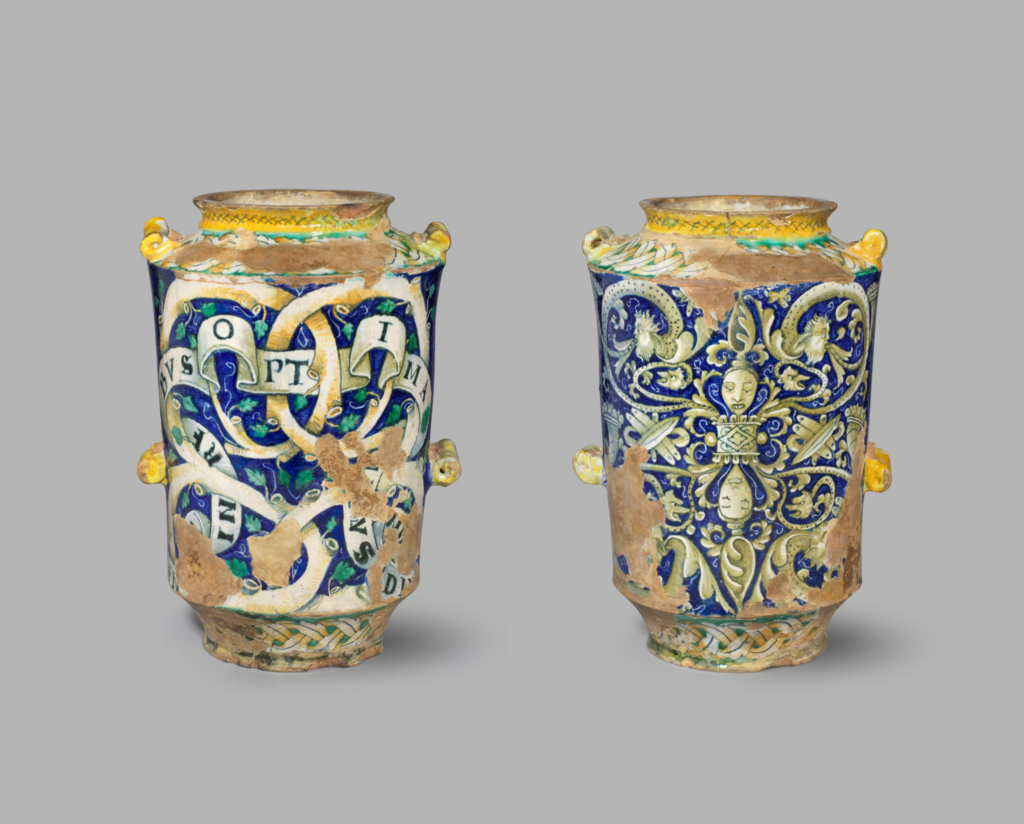
Unlock multiple narratives in medicine and art through this jar filled with mysteries.
The Bear in the Sandbox: Art Therapy and the Museum Object
Isabel Hendley and Danny Kitchener, Art Therapy Trainees at The University of Roehampton
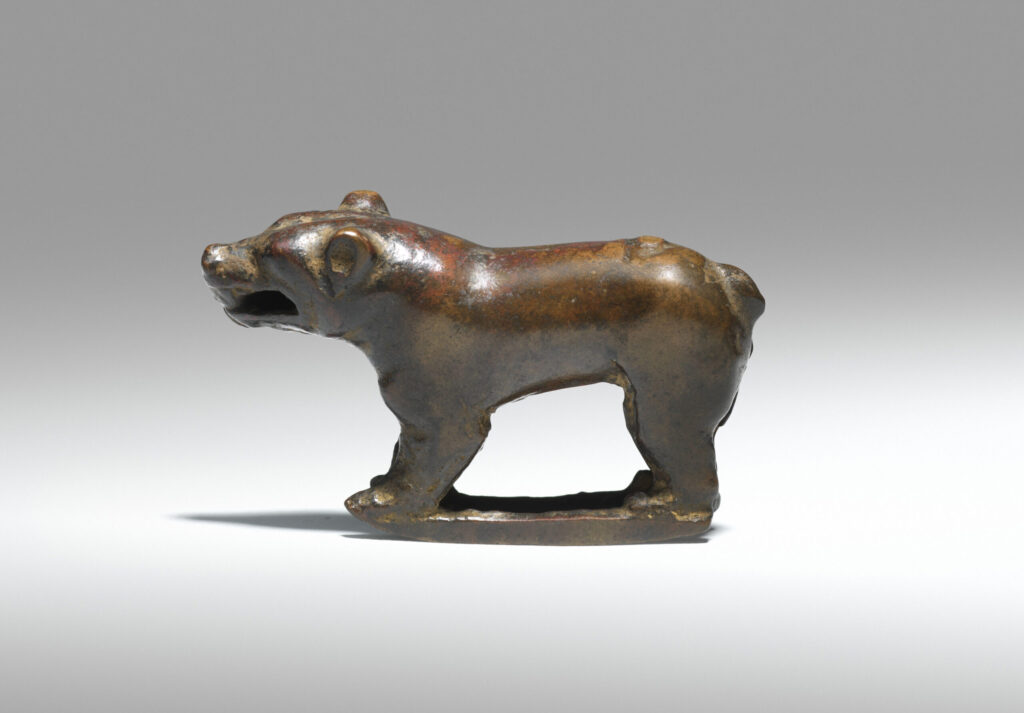
Across cultures, bears have been symbols in different ways to different people: from magnificent powerful beasts, to comforting characters in children’s stories and soft toys. Find out what it symbolizes for us.
A Pair of Gold Beakers
Sophie-Nicole Dodds, Goldsmiths College
These jewel-like beakers both feature a lively scene of a stag hunt, with a mischievous smiling hare hidden in each base. Explore the techniques and narratives.
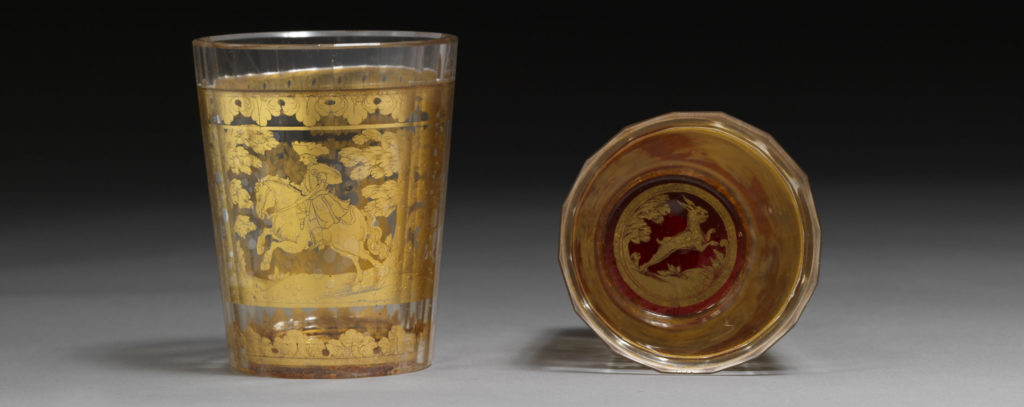
Silk Fragment by Jock Turnbull in the Omega Workshops
Sophie-Nicole Dodds, Goldsmiths College
Bold strokes and creative resistance in 1913 London. Immerse yourself in the art and science of making.
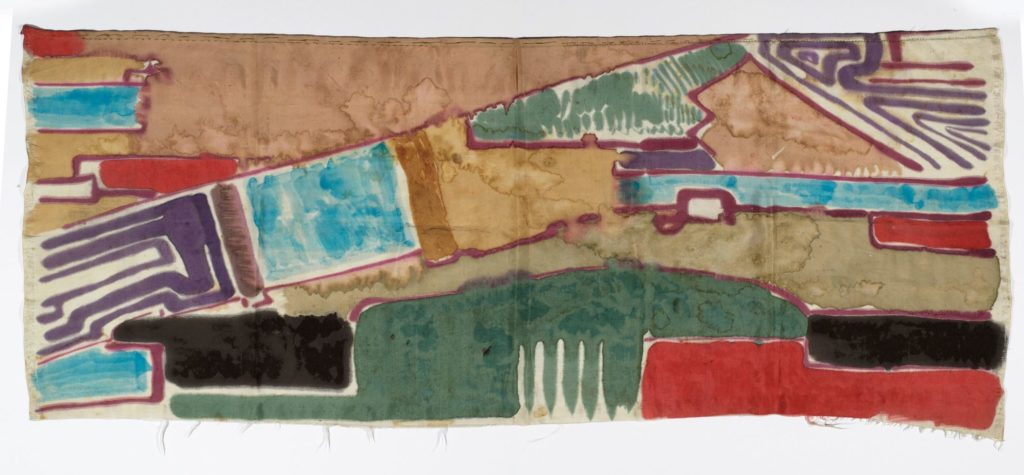
Getting in a Scrap with the Avant-Garde
Jack Monaghan, Imperial College
Know your atoms from your alloys? Leap into the history and production methods of César’s fabulous Habitation, of 1960.
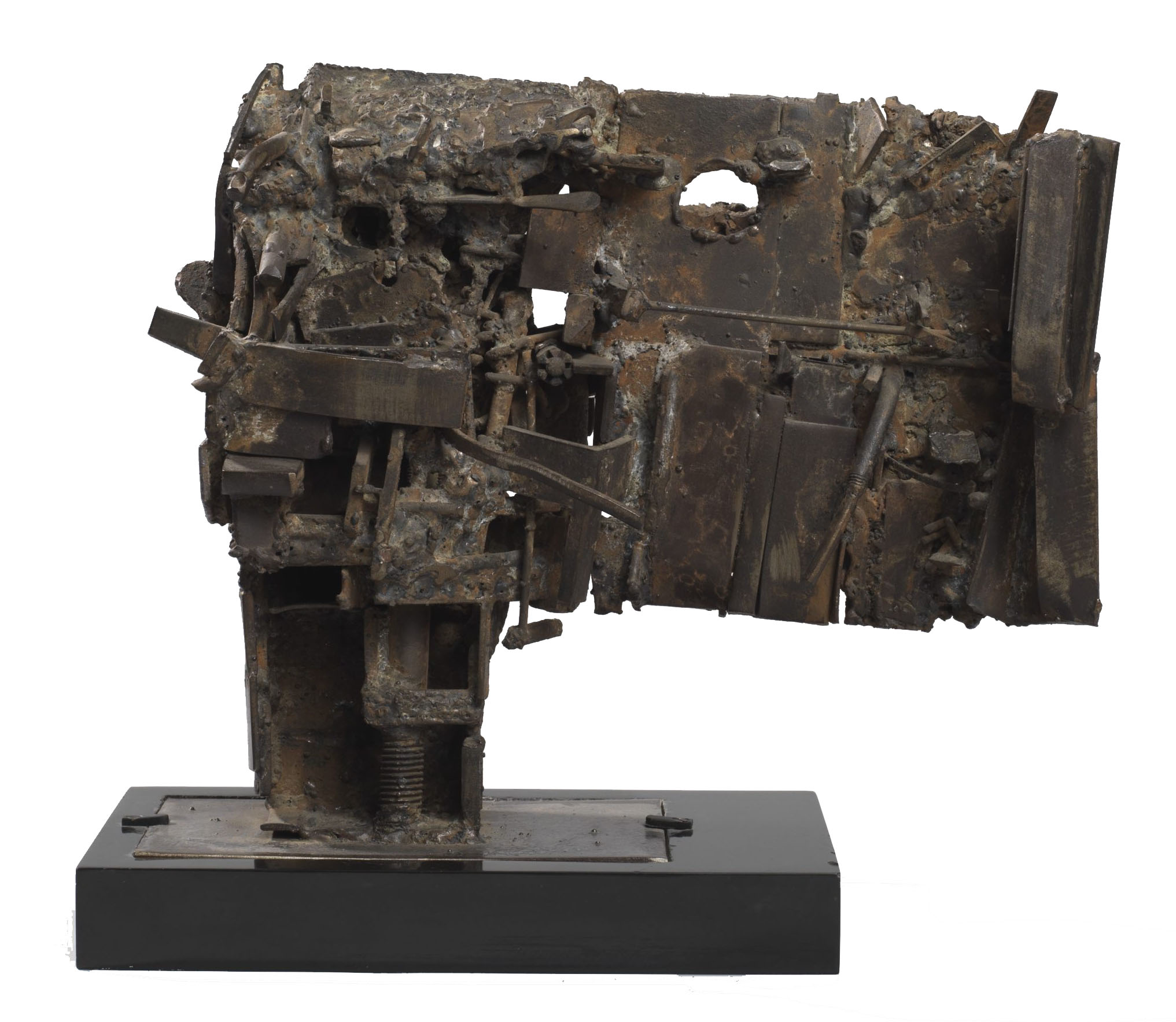
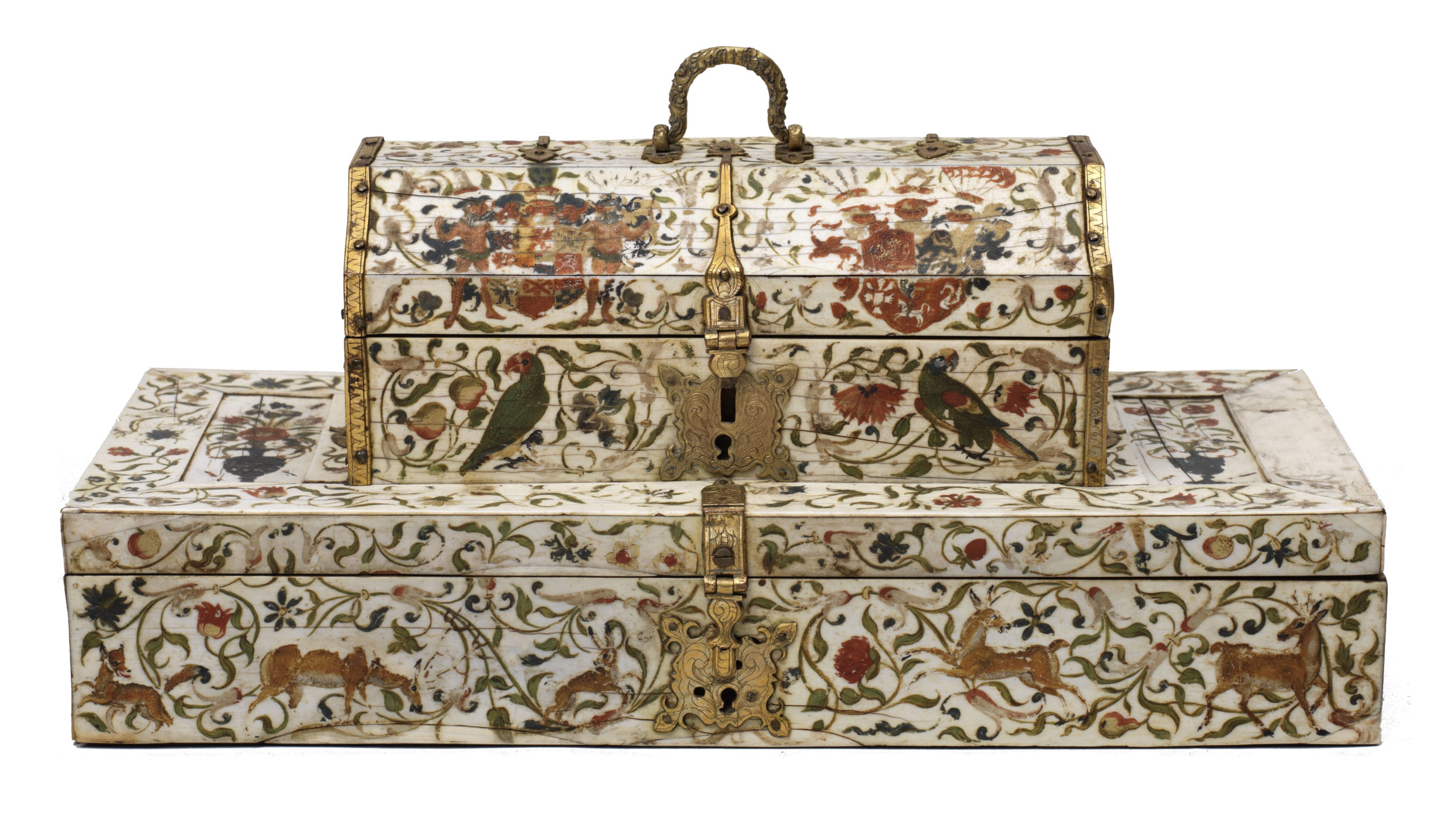 Global Union
Global Union
Katrina Brain, Imperial College
Exotic beasts and precious materials from international trade networks define an exquisite marriage casket from seventeenth-century Germany.
Venetian Glow
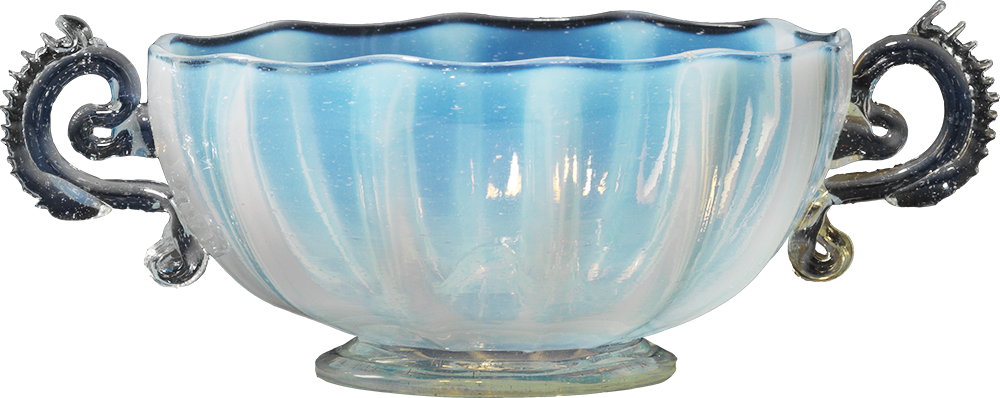 Melisa Lenero, Royal College of Art & Imperial College
Melisa Lenero, Royal College of Art & Imperial College
How an eighteenth-century glass dish emulates bioluminescent sea creatures through expert craft techniques.
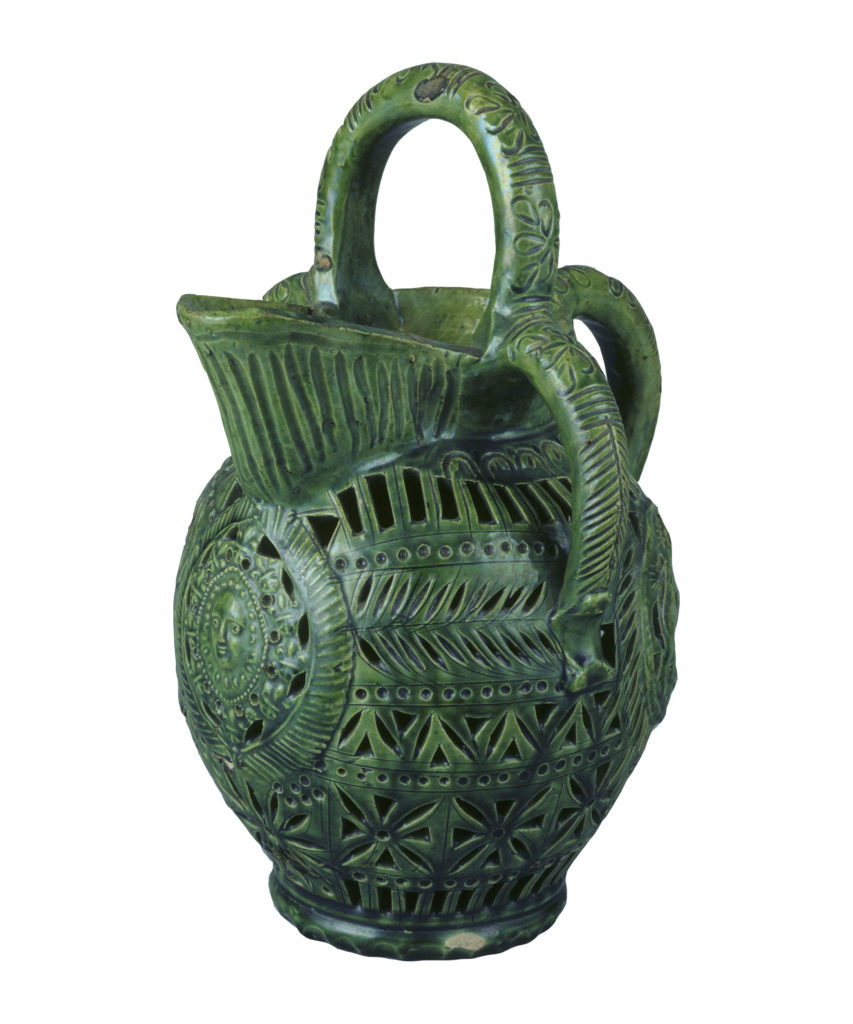 Puzzling Construction
Puzzling Construction
Anabel Hazeldine, Central Saint Martins
Part drinks vessel and part game, a jug that would have invited playful usage across seventeenth-century taverns and dining rooms alike.
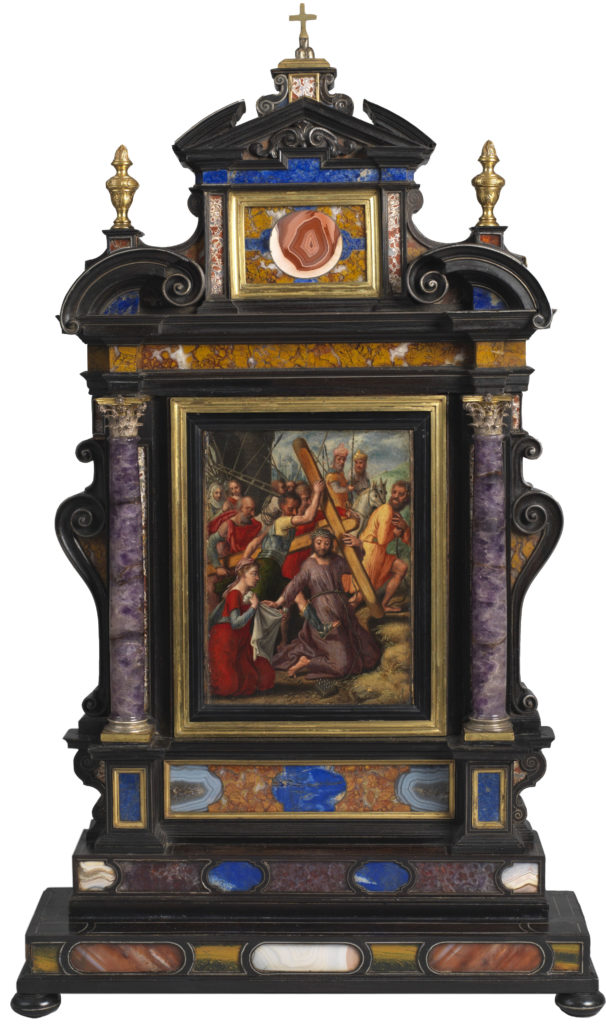
Sumptuous Devotion
Nathasha Gertler, Imperial College
Pinpointing which semi-precious stones are inlaid into the frame of this portable altarpiece proves harder than you might imagine.
Faith Suspended
Devon Abts, Kings College
This miniature pendant from the early seventeenth century raises questions about who it was for and what holy object it held close to the wearer’s heart
Man-made Magic in Murano
Eleanor Magson, Imperial College
Learn the secrets of eighteenth-century Venetian glass-makers through this bowl, and see how they competed with Mother Nature herself.
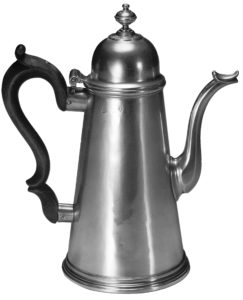
Coffee Culture
Maryam Ala Amjadi, University of Kent
The game-changing drink became known in England from the seventeenth century via travellers to the Ottoman Empire and Safavid Isfahan. What can an eighteenth-century coffee pot recall about the ensuing social and intellectual pursuits that boomed in coffeehouses throughout the country?
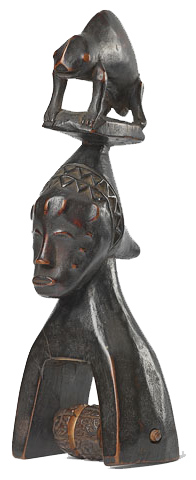 Weaving and Masquerade in the Côte d’Ivoire
Weaving and Masquerade in the Côte d’Ivoire
Niahm Collard, School of Oriental and African Studies (SOAS)
Find out why this loom pulley is shaped like a beautiful female mask and is the object of the Guro weaver’s gaze.
 Lyrical Flowers
Lyrical Flowers
Laila El-Sayed, University of Kent
Carnations and tulips abound: do the swirling flowers on this Iznik dish hold a deeper cultural symbolism?
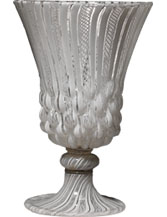 Filigree Fancy
Filigree Fancy
Victoria Druce, Imperial College
Get granular with the techniques and chemical components of glasses made in Venice and England.
 Piety Reformed
Piety Reformed
Josephine Neil, Kings College
A pair of German miniature picture bibles bears witness to the talents of the Küsel sisters, who produced these devotional objects while navigating a time of religious upheaval.
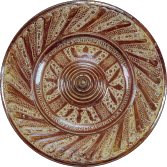 Illustrious Craft
Illustrious Craft
Tanja Tolar, School of Oriental and African Studies (SOAS)
Islamic and Christian heritages intertwine in this Spanish lustreware dish.
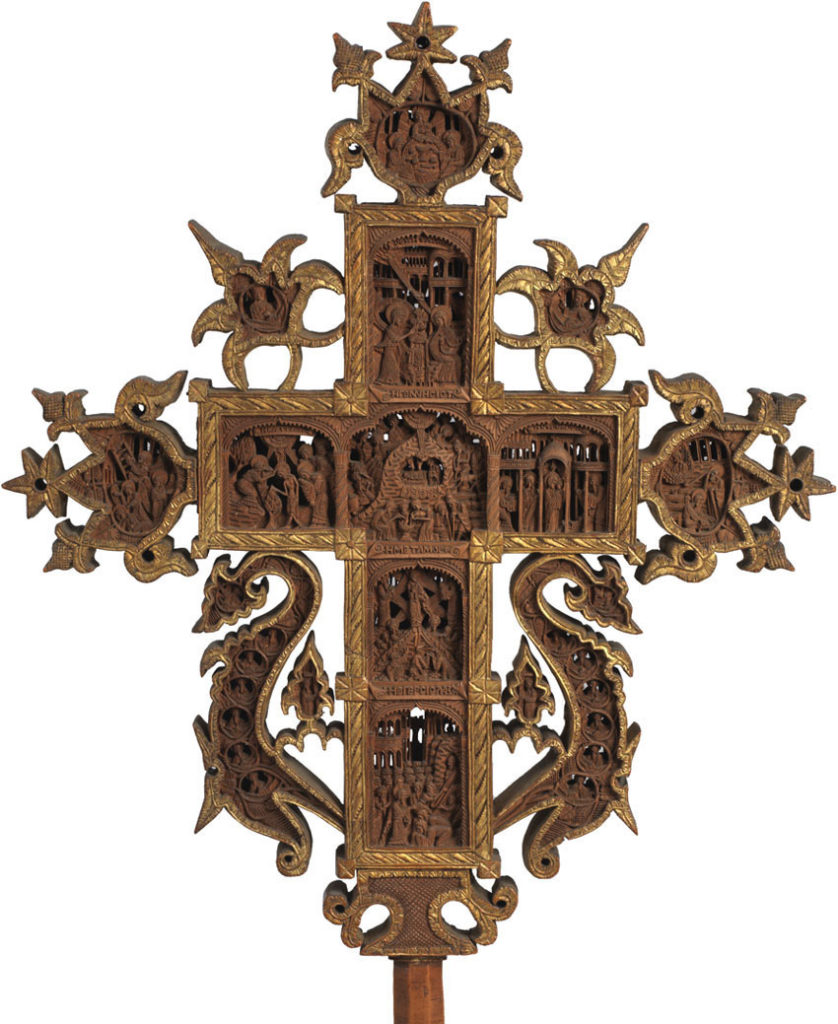 Artisans on Athos
Artisans on Athos
Eleni Dimitriadou, The Courtauld Institute of Art
The monks of Mount Athos worked painstakingly on this carved wooden cross. Can you follow the biblical stories whittled intricately across it?
Sculpture and Decorative Arts including Illuminating Objects is proudly supported by McQueens Flowers.

